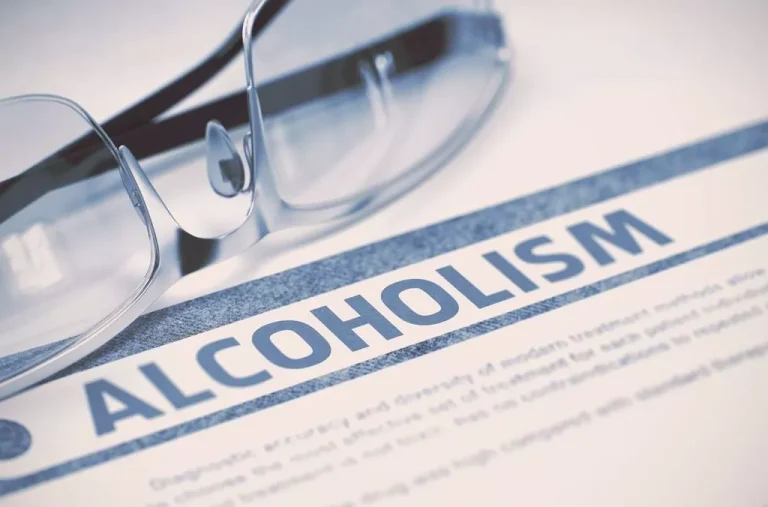
- Uncategorized
- December 17, 2020
- No Comments
Who is a Functioning Alcoholic and What are the Alcoholic Types?

Using cluster analysis, the investigators identified two types of alcoholics who differ consistently across 17 defining characteristics, including age of onset, severity of dependence, and family history of alcoholism. The two types also differ with respect to treatment outcome, with type B alcoholics more likely to relapse to heavy drinking. The https://ecosoberhouse.com/ chronic severe subtype makes up the smallest percentage of alcoholics, with only 9.2%. This group tends to start drinking at a young age (around 15) but typically develops an alcohol dependence at an intermediate age (around 29). Seventy-seven percent of this group have close family members with alcoholism, the highest percentage of any subtype.
Living with a Functioning Alcoholic
- It can also help prevent seizures or other complications that may arise.
- Outpatient treatment programs are usually the best course of treatment for a high-functioning alcoholic, likely supplemented by an initial period of medical detox.
People in the functional subtype manage to prevent the disease from interfering in their professional and personal lives, but often with dire consequences. Their disease can continue for years until a severe, alcohol-related problem in their health or relationships arises. With the 5 types of alcoholics highest education and income levels of all alcoholic types, they are predominately middle-aged (around 41), male (60%), and married (about 50%). They usually develop an alcohol dependency in their late 30s, later than other subtypes, and experience moderate rates of depression.
The NIAAA Study and Their Definition of the 5 Types of Alcoholics
- Rehabilitation programs are an excellent treatment option for people with severe symptoms of the condition.
- Less than 20 percent of this category seek help, and most do so through a 12-step program or private health care professional.
- Peer support programs can be particularly effective, as can interventions that focus on developing healthy coping skills and alternative ways to socialize and have fun without alcohol.
- As exceptions, functional and young antisocial alcoholics are more likely to be aware of their drinking problem.
However, in the long run, it can exacerbate these issues and lead to a cycle of dependence. The traits of antisocial personality disorder include regular fighting and assaults, criminal activity, impulsiveness, deceitfulness, a lack of remorse, and an inability to accept responsibility for one’s own actions. This may contribute to the group’s binge drinking behavior, the highest of the five groups, with people consuming up to 17 drinks at a sitting. Studies have shown that people with ASPD are 21 times more likely than usual to develop an alcohol dependency in their lifetimes.
Is there a cure for alcoholism?
A smaller group also form habits related to more extreme drugs like cocaine and heroin. Most people of this subtype are employed, although their income level is likely to be lower than the functional subtype. Almost all of these individuals suffer from clinical depression, antisocial personality disorder, bipolar disorder, or anxiety disorder. These subtypes often co-battle a cigarette, Cocaine or Marijuana addiction too. The functional subtype is what you might think of when you hear “functional alcoholics.” Making up 19.5% of alcoholics, this is the group that is holding down jobs and relationships. Members of this group generally start drinking later (around 18) and develop an alcohol dependence later (around 37).


This subtype is the most likely out of all subtypes to undergo major depression, dysthymia, bipolar disorder, social phobia, panic disorder, and generalized anxiety disorder. This category also has addictions to cigarettes, marijuana, opioids, and cocaine. Young adult alcoholics are the biggest subtype of alcoholics in the United States. These drinkers are about 24 years old, and their alcohol dependence started relatively early, around the age of 19. Young adult alcoholics also have low rates of co-occurring substance abuse and mental disorders and low rates of family alcoholism. According to the study, they have five or more alcoholic beverages on 73% of the days that they drink.
Getting Treatment Before It Is Too Late

They tend to drink alcohol every other day, an average of 181 days per year, and they consume five or more drinks on 54% of those days. The chronic severe subtype is the smallest but most severe of all the categories of alcoholism. Around 19.5 percent of the alcoholic population in the United States falls into the functional alcoholic subtype. Someone who is considered a functional alcoholic may lead a kind of double life, compartmentalizing their drinking from the rest of their life. These individuals are the most-educated and well-off out of all categories, and half of them are most likely to be married.
Factors that Contribute to Young Antisocial Alcoholism
Young antisocial alcoholics have a high rate of psychiatric disorders and other substance abuse. Functional alcoholics have an average household income of almost $60,000 and the lowest rates of legal issues. In addition, 17% seek substance addiction treatment at private facilities. Most functional alcoholics are middle-aged (around 41) who started drinking around age 18. In the U.S., the young antisocial subtype comprises 21% of all alcoholics. The young antisocial alcoholic subtype starts drinking at 15 and develops an AUD around 18.
Most Common Type of Alcoholic: Young Adult Subtype
Since the causes of alcoholism vary from person to person, the best treatment for one might not work for the next. While treatment for all alcoholics remains generally similar, some may respond better to different addiction support types than others. The best way to find a successful treatment program is to understand alcohol issues in-depth.
By recognizing the different types of alcoholics and tailoring treatment and support to meet their specific needs, we can improve outcomes and provide individuals with the tools they need to overcome alcohol use disorder. About 17 percent of functional alcoholics have ever sought help for their alcohol dependence. They typically participate in 12-Step groups or are treated by private healthcare professionals. According to the NIAAA “More than 10% of US children live with a parent with alcohol problems…” (Alcohol Facts). Generational alcoholism describes a family environment that normalizes the presence of alcohol and its abuse.
If you’re dealing with alcohol use disorder (AUD) and need help to stay sober, reach out to an addiction specialist to help get the treatment you need. Some outgrow their problem drinking, while others develop an addiction to alcohol as they age. Nearly one-third of all alcoholics fit into the young adult alcoholic subtype. If you are in a relationship of any kind with someone who struggles with alcoholism or addiction, you may be the co-addict (also called codependent). It’s extremely common for ACOA’s to battle codependency into adulthood. When you are trained to accommodate someone else who is in active addiction, you learn to over-extend yourself to keep peace.
